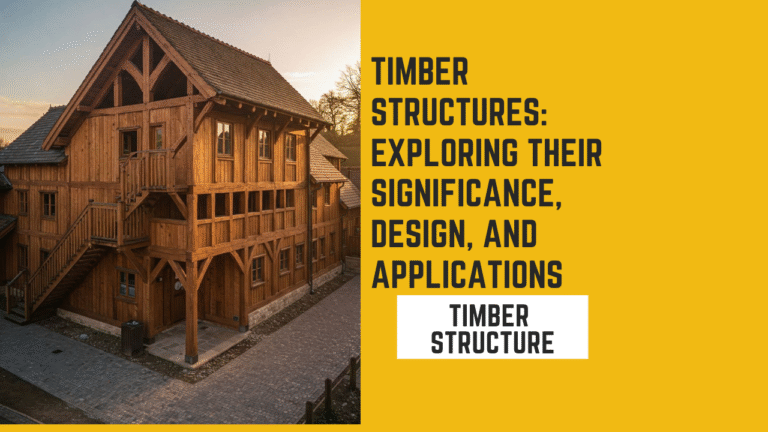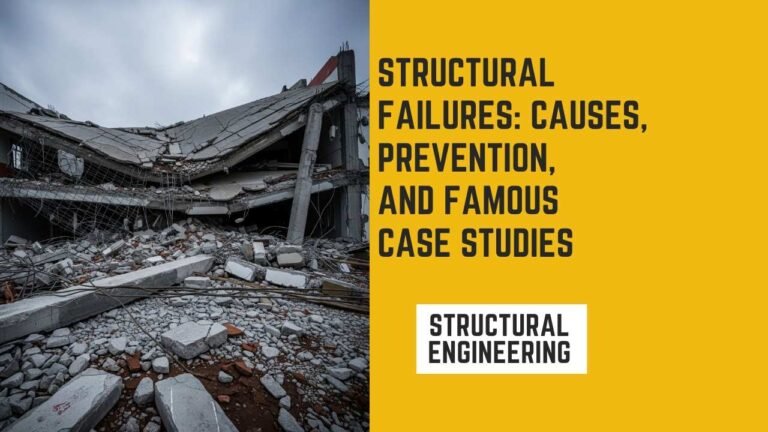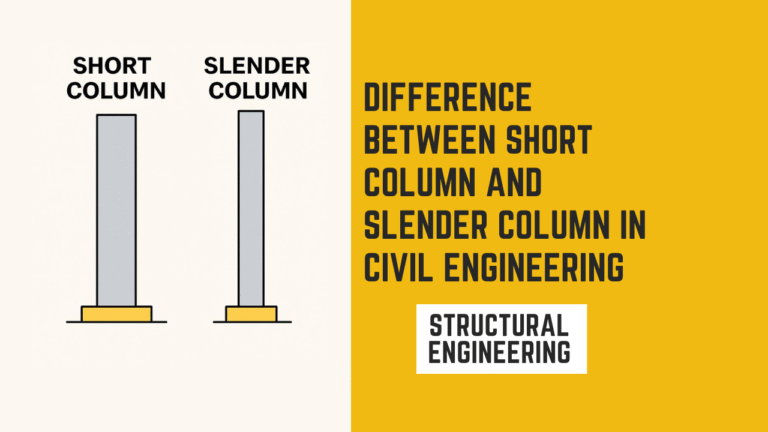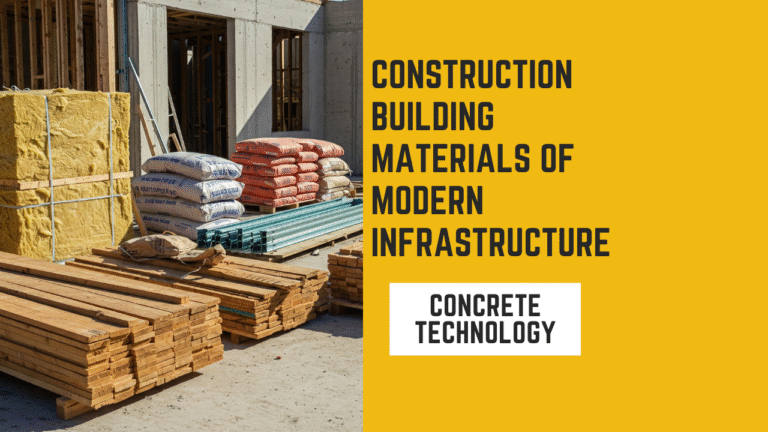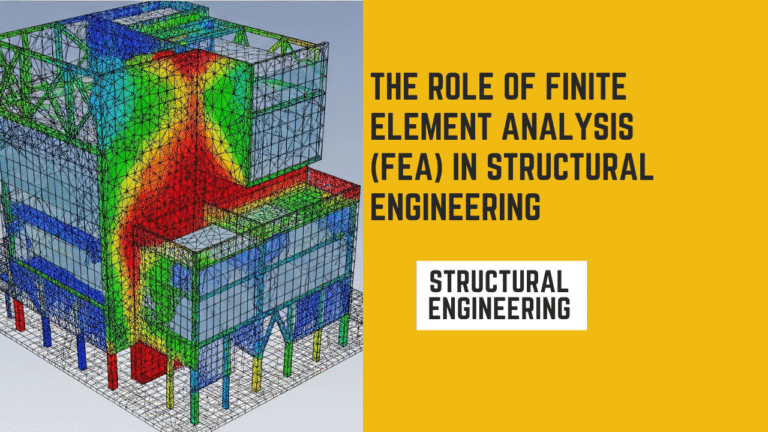What Are Steel Structures? history, advantages, types, applications
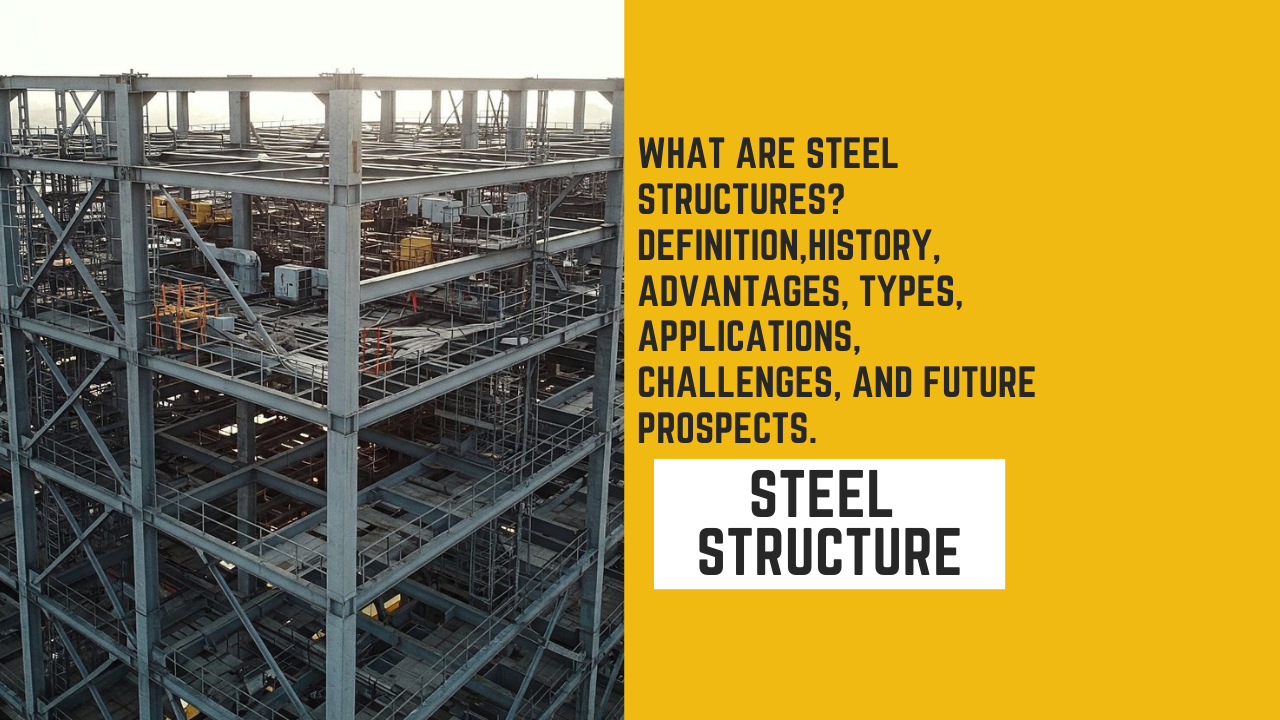
Introduction
Steel structures have been an essential component of engineering and construction for decades. Steel is currently a crucial component of contemporary infrastructure and construction due to its strength, adaptability, and longevity. This article explores What Are Steel Structures? definition, history, advantages, types, applications, challenges, and future prospects.
What Are Steel Structures?
Steel structures refer to frameworks made up of steel components such as columns, beams, plates, and trusses. These structures are designed to support loads and ensure stability in construction projects and provide the skeleton for buildings, bridges, and other constructions, enabling them to withstand loads and stresses effectively. The material, steel, is an alloy primarily made of iron with added carbon and other elements to improve its strength and resistance.
Steel’s characteristics, including its high tensile strength and malleability, make it a preferred material in structural engineering. But concrete or wood, steel can be molded into intricate shapes, enabling unique architectural designs and innovative solutions to complex engineering challenges.
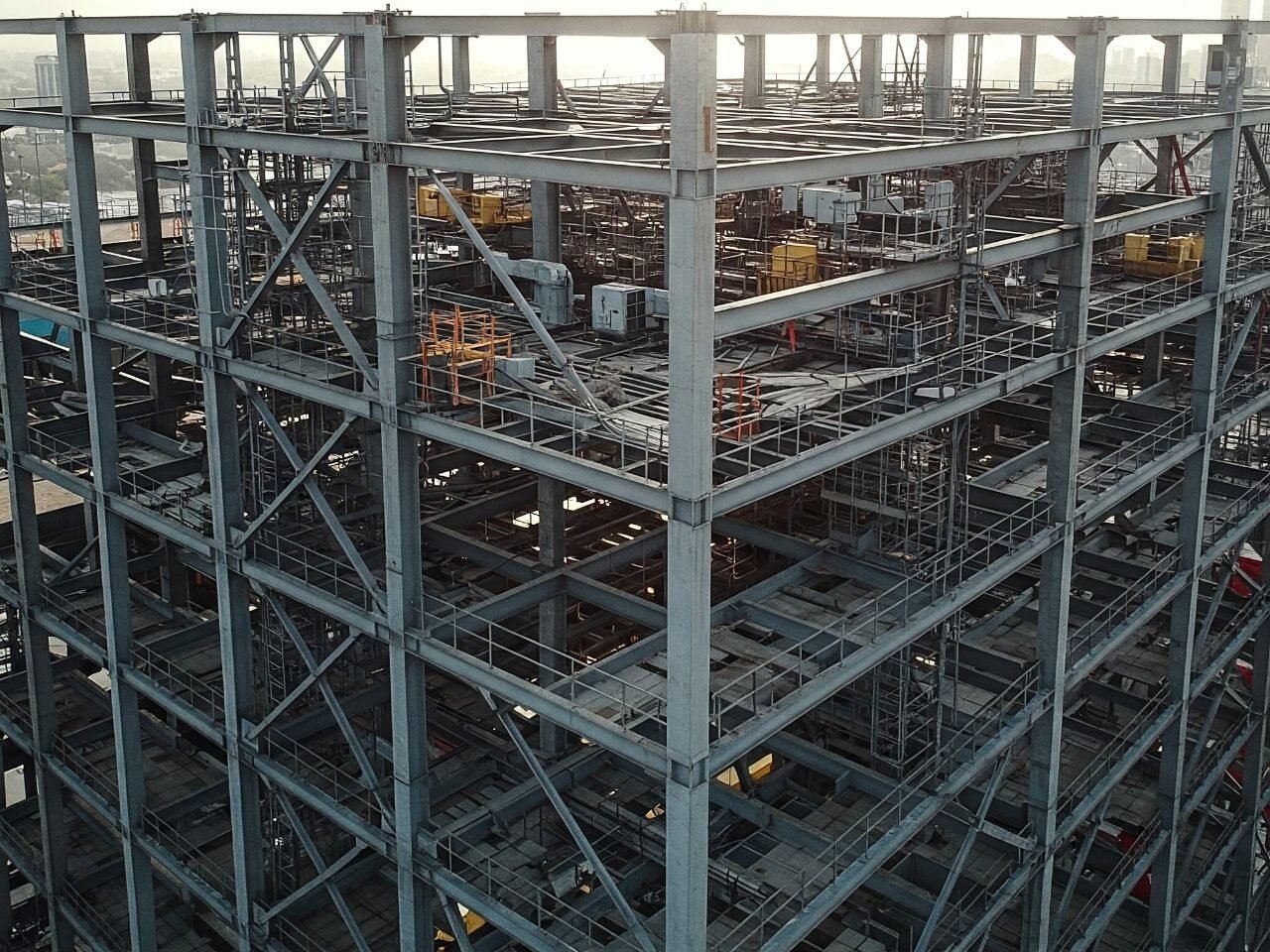
The History of Steel Structure:
Steel constructions’ history demonstrates how they have developed from antiquated iron alloys to contemporary engineering wonders. Steel was first employed in tools and weapons, but throughout the Industrial Revolution, it gained popularity because to inventions like the Bessemer process that allowed for mass production. The Brooklyn Bridge and the Eiffel Tower are examples of early landmarks that demonstrated the strength and adaptability of steel. Because steel is flexible and durable, it was used in skyscrapers, bridges, and other infrastructure projects during the 20th century, which saw fast developments. Modular construction, intelligent technological integration, and sustainable production techniques are examples of contemporary advancements. Steel continues to be a fundamental component of engineering, influencing building and design. If you want to delve more into any aspect of this history, please let me know!
Advantages of Steel Structures
Steel structures are famous for many things, including their robustness and sustainability. Below are some advantages:
1. Strength and Load Capacity
Because steel has one of the best strength-to-weight ratios of any building material, it can carry large loads without losing its structural integrity. Bridges, industrial complexes, and high-rise buildings all benefit greatly from this feature.
2. Durability
Steel buildings are made to last. They are resilient to severe weather, including strong winds, snow, and rain. Unlike wood or other biological materials, steel is also impervious to rot, bugs, and aging.
3. Flexibility in Design
Steel’s adaptability allows engineers and architects to produce daring and avant-garde designs. Steel is appropriate for a variety of applications because it can be formed, welded, and joined to create desired shapes.
4. Speed of Construction
Construction time is greatly decreased by the fact that steel buildings are frequently prefabricated off-site and erected on-site. Steel is a cost-effective choice for builders because of this method’s reduction of labor expenses and project schedules.
5. Recyclability
Steel is one of the most environmentally friendly building materials because it is 100% recyclable. It is possible to reuse and melt down discarded steel without losing its original qualities. This lessens waste, which helps to conserve the enviroment
6. Fire Resistance
Steel structures are non-combustible, making them safer in the event of a fire. While steel loses strength at extremely high temperatures, fireproofing measures, such as insulation and coatings, mitigate this risk.
Types of Steel Structures
Depending on their application and design, steel structures can take many different forms. These are the main categories:
1. frame structures
Steel frame structures are grids composed of beams and columns. They provide the main skeleton for buildings and warehouses, supporting both vertical and horizontal loads.
2. Truss Structures
Truss structures consist of triangular frameworks that distribute forces evenly. They are commonly used in roofs, bridges, and towers.
3. Arch Structures
Steel arches offer aesthetic and structural benefits. Their curved design allows them to span large distances while maintaining stability, making them ideal for bridges and stadiums.
4. Shell Structures
Shell structures are thin, curved steel surfaces used for domes, tanks, and silos. Their design minimizes material use while maximizing strength.
5. Composite Structures
Composite steel structures combine steel with other materials, such as concrete, to enhance performance. For example, steel-reinforced concrete offers superior durability and load-bearing capacity.
Applications of Steel Structures
Steel structures are integral to various industries and sectors, from urban infrastructure to specialized engineering projects. Below are some of their common applications:
- Buildings and Skyscrapers
Steel’s capacity to effectively withstand vertical loads makes it indispensable for high-rise building construction. Steel frameworks are used extensively in several famous buildings, such as the Burj Khalifa and the Empire State Building. - Bridges: Steel bridges are praised for their durability, strength, and flexibility. The Sydney Harbour Bridge and the Golden Gate Bridge are two notable examples.
- Manufacturing Establishments: Steel structures are frequently used in factories, warehouses, and power plants to support large machinery and equipment. Because of its durability, steel is perfect for settings that experience stress and vibration.
- Infrastructure for Transportation: Steel constructions are advantageous for bus terminals, train stations, and airports because they may generate expansive, open areas without requiring an excessive number of columns.
- Stadiums: Steel frameworks are frequently used in modern stadiums to create intricate roof designs and large seating sections.
- Aerospace and Military: Because of its versatility and dependability, steel structures are essential when building hangars, bunkers, and other space-related buildings.
Challenges of Steel Structures
Notwithstanding their benefits, steel buildings have some drawbacks that need to be taken into consideration when designing and building. Some of the typical difficulties are listed below:
1. corrosion
When steel is exposed to oxygen and moisture, it can rust. To stop corrosion, protective measures like painting or galvanization are required.
2. Fire Susceptibility
Steel loses strength at high temperatures even though it doesn’t burn. This problem can be lessened by employing fireproofing techniques, such as the use of spray-on coatings or fire-resistant materials.
3. Initial cost
Steel is frequently more expensive up front than substitute materials like concrete. Long-term advantages like longevity and minimal upkeep, however, frequently exceed this drawback.
4. Skilled work
Jobs involving steel construction, such as welding, assembly, and installation, require skilled workers. A shortage of skilled people may cause project delays or errors.
Future Prospects of Steel Structures
Steel structures are evolving to meet the demands of modern construction and sustainability. Here are some emerging trends:
1. High-Performance Steel
Advancements in materials science are leading to the development of high-performance steel with enhanced properties, such as greater tensile strength and improved corrosion resistance.
2. Modular Construction
Prefabricated steel components are becoming increasingly popular in modular construction, where structures are assembled quickly and efficiently on-site.
3. Sustainable Steel Production
Efforts to reduce the carbon footprint of steel manufacturing are driving innovations, such as using hydrogen instead of coal in production processes.
4. Smart Structures
The integration of technology, such as sensors and automation, is enabling steel structures to adapt to changing conditions and improve their efficiency
Conclusion
Steel buildings are a monument to engineering prowess and human inventiveness. They are essential in forming the built environment because of their durability, adaptability, and strength. Steel is still used extensively in modern construction, from skyscrapers and bridges to industrial facilities and sports arenas.
Steel constructions are set to become increasingly more eco-friendly and efficient as technology develops, guaranteeing their continued significance for future generations. Knowing the potential of steel creates countless opportunities for creativity and invention, regardless of your background—engineering, architecture, or construction.

